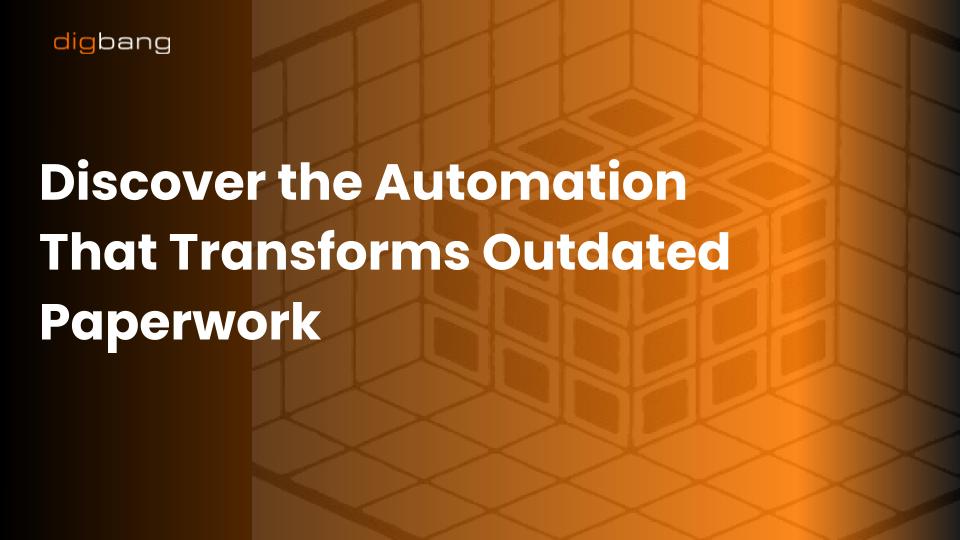At Digbang, we’re both witnesses and key players in a digital transformation that’s redefining traditional sectors. Today, we’ll focus on how blockchain technology isn’t just improving but revolutionizing processes in wealth management. Forget about bulky files and endless bureaucracy. We’re entering an era of unprecedented transparency, security, and efficiency.
In this article, we explain how we broke that paradigm by designing and developing, together with a promising company, a disruptive blockchain-based trust management platform. Now we want to share this experience with you – the advantages and possibilities that open up in this sector with this technology’s implementation.
Why Wealth Management Needs a Technological Revolution
When we think about traditional asset and trust management, we picture paperwork, handwritten signatures, and piles of dusty files. We know it as an entirely bureaucratic, slow process prone to errors – but above all, highly non-transparent.
As a team, we always knew there was a better way – where trust and efficiency weren’t opposites but allies. What if we could reduce that mountain of paperwork to zero with a digital, immutable platform accessible in real time?
This story’s starting point was 2018, beginning with two visionary entrepreneurs who imagined a completely different world. From different points on the globe, they designed estate plans for countless clients. But one day, a new player entered the scene: blockchain. This was the spark that ignited the creation of this company that set out to revolutionize wealth management with a secure, immutable digital platform that could solve trust administration, reducing paperwork to zero.
Problems with Trusts
While trusts aren’t a novel concept (originating from Roman law’s fiducia cum creditore and Anglo-Saxon trust law), they present some serious drawbacks:
- Negligent record-keeping
- Fiduciary fraud
- Lack of trust oversight
- Settlor’s reliance on the trustee’s goodwill
This is where blockchain comes into play – a tool that allows trustees to store accounting books permanently, securely, and transparently. No fraud, no lost records, no misconduct.
What Does Blockchain Bring to Asset Management?
Blockchain is a distributed, secure ledger system that ensures data immutability and transaction transparency. How does this translate into value for asset management? Here are its key benefits:
- Transparency & real-time auditability of records and transactions.
- Cost reduction by eliminating unnecessary intermediaries.
- Process automation through smart contracts, reducing errors and fraud.
- Asset tokenization, enabling fractional ownership, trading, and liquidity.
- Enhanced security & trust thanks to data immutability and decentralization.
- Democratic governance, allowing stakeholders to participate in decision-making.
How We Transformed an Industry Together
When we set out to develop this platform, we knew it was a major challenge. That’s why, understanding what we were dealing with, we assembled a team of six backends, frontend, and blockchain experts, equipped with technologies like Laravel, PHP, React, React Native, and Solidity. The first MVP was ready in six months, and since then, we’ve continued evolving the product with our client.
The results came quickly: the platform gained recognition international and was adopted by one of the most prominent global trustees, also generating interest from leading banks in the United States and Panama. An achievement that proves blockchain isn’t just a trend but a solid foundation for innovating in wealth management
At Digbang, we believe the digital future should serve the common good and empower collective innovation. If you’re looking to take your organization’s wealth management to the next level, adding transparency and security to every process, let’s talk! Together, we can transform this industry from a complex problem into a competitive advantage.
